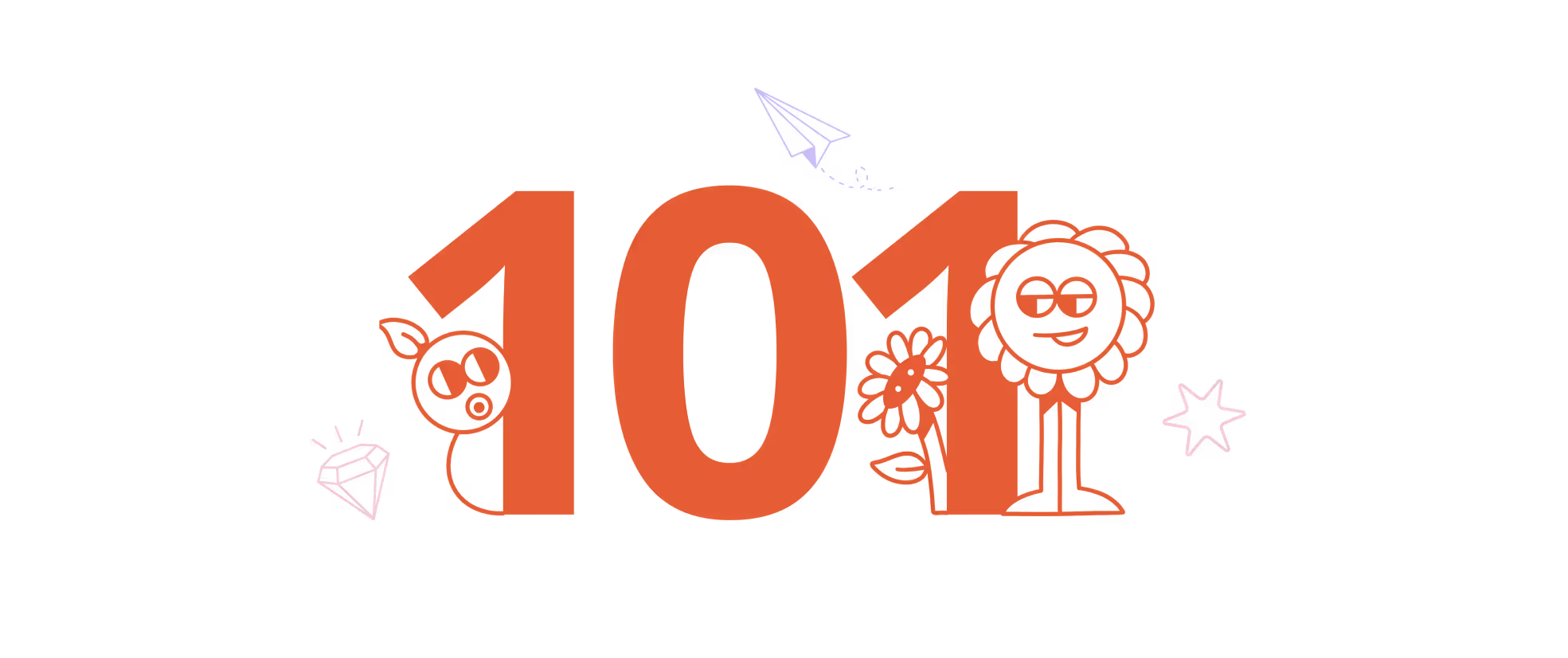Five things to consider before running a brand workshop
Workshops serve a whole different function to the traditional meeting. This is how you can make the most out of them.

Max White
Copywriter & Strategist
Max is often found searching west-county coastlines for the perfect “right-hander”. We’re not sure what that means, but he seems to enjoy the never-ending hunt for waves. He also happens to be a pretty handy wordsmith.
Max White
Copywriter & Strategist
One of our core beliefs at Overpass is that we’re all creative – that is to say that creativity isn’t something you have or don’t have, but something that you can find for yourself. Much of our business model, in fact, looks to create spaces in which teams can come together and unlock their ideas, providing our designers with the foundational knowledge needed to make timeless work.
We call our spaces “workshops” and “sprints”, and in this article, we’re exploring five key things you should consider when looking to run one of your own.
Online or in-person?
We like to push the boundaries with creative and collaborative online tools, but it doesn’t mean we’re fully digital and exist only in the cloud. We take the best of both worlds, make them our own, and teach creativity in the hybrid world. But how?
With new digital whiteboard tools such as Figma or Miro, you’re now able to host workshops with brands you could never reach in person. They’re great brainstorming and ideation tools, allowing teams to get ideas onto the page and into a shared domain. With “in-the-cloud” functions they have the added benefit of being “live” forever, meaning you’ll be able to continue and revisit discussions long after a session has finished.
They also allow you to quickly set up exercises you have used previously and pull together information from all across the web. Not only does this speed up your process, but it means you can go through your competitors, understand your customer touch points and breathe new life into your value proposition, all without the need for a printer and physical sticky notes. When it’s possible to meet in person, we still use these tools, getting all the benefits of the digital space, whilst being able to converse in person rather than on a video call.
To help you get started, we’ve compiled a workshop template and guide for all those looking to run a brand workshop here.
Who should join a workshop?
It can be tempting to invite your whole team, but we’ve found our brand workshops run best when there are 3-8 people around the table. Here’s who you’ll need.
Design team = Brand strategist, lead designer, copywriter.
Brand team = Founder/CEO, key stakeholders.
A brand strategist’s role is to run you through each of the tasks, ensuring not only that you keep to time, but encouraging key areas of discussion for growth. The lead designer takes all of the insights back to the team of creatives who will shape the look and feel of your future brand.
Where you’re looking for those key language cues and questioning the nuances of your offerings, a copywriter helps ensure that your messaging is consistent and authentic to your mission.
From the brand side, anyone with a significant role in the development and structure of your business is a safe bet for attendance. You're after the members of your team who won’t shy away from voicing their honest opinions about your business and its direction. There’s no wrong answer here, so bring your most engaging teammates to the table and ensure there's a range of views from different departments in your business.
How long should it be?
Workshops can be fairly intensive, requiring concentration and careful thought across all areas of your brand. We prefer to host them towards the beginning of the week and the start of the day, trying to catch teams when they’re at their freshest.
Running time is generally 2 to 3 hours, but we’ll always split our sessions up with a cup of tea halfway.
If you're leading the session, mix up the exercise formats, switching between presenting ideas to the stakeholders and doing some hands-on exercises. Make sure you know how long each section of the workshop should take and set timers as you go along.
The key to leading a great workshop is knowing when people are going down a rabbit hole, politely stepping in, and bringing the conversation back on track.
How to set it up?
Whether it’s a phone call, an introduction email or a pre-workshop survey, we’ve found it invaluable to start discussions with key team members prior to a group workshop. These conversations will help you build out the relevant exercises and strategy without chasing loose ends.
You can expect to spend a full day setting up the workshop exercises, looking into a brand’s competition and planning the timings. Preparation is the key to success, and whilst both Miro & Figma are relatively self-explanatory, we like to send each participant an introduction video to the platforms using Loom.
How to break the ice?
On top of a video explaining the platforms, we like to send participants a short 2-5 minute exercise or video to watch pre-workshop. The goal is to get people thinking about brand strategy so we can hit the ground running. It might sound like homework, but if they’re like you & I, they’ll likely want to get the creative juices flowing and make the most from the session. We like videos such as this…
On the day of the workshop, ensure you’ve sent the correct link & timings to each participant. We start our workshops with a quick introduction to everyone before explaining the key aims and why brand strategy matters. If everyone has done their homework, you should be ready to jump straight in.
Don’t stop when the timer ends…
Whilst it’s fresh in your mind, jot down the key learnings and insights you think might move your brand forwards. Maybe it was a core human truth you uncovered about your industry. Or perhaps you decided the colour palette doesn’t reflect your values?
Whatever the insights, we recommend creating a list of 10 actionable and achievable steps that members of your team can begin to work on immediately. As the workshop remains online forever, remind your team that they can continue to populate the space with new ideas, or even points they may have felt too nervous to share on the day.


